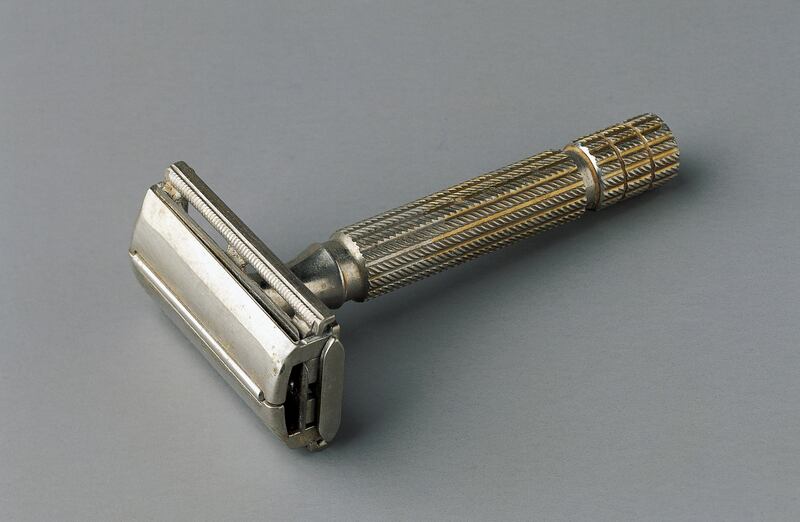It will probably come as no surprise to hear that facial hair has long been the bane of men’s lives. There is evidence to suggest that prehistoric humans were pulling hair out as early as 100,000 years ago, using seashells as crude tweezers, while 40,000 years ago, people were using sharpened obsidian and even shark’s teeth to scrape away fluff.
By 3000BC, the ancient Egyptians were using curved gold and copper blades for shaving, viewing a hairless state as sign of rank (and even placing razors in tombs for the afterlife), while the Roman king Lucius Tarquinius Priscus is thought to have introduced shaving to Europe sometime around the 600 BC.
By 400BC, a hairless face was considered the height of fashion in Greece and Rome, where, always adept at spoiling themselves, men would shave, remove any remaining stubble with a pumice stone, and then rub lavish oils into the skin.
By the 300BC Alexander the Great deemed beards hazardous, ordering his troops to remove theirs, to prevent handfuls being grabbed during hand-to-hand combat. Around this time, iron and copper were discovered, both quickly replacing bronze, which is softer, as the metal of choice for a sharp razor.
The first straight, so-called cut-throat, razor was developed in Sheffield in England in the 18th century, using metal skills transferred from cutlery making, and in 1740 Benjamin Huntsman created the first hardened steel blade. Until the early 20th century, however, men did not shave themselves, going instead to barbers, who used straight razors with decorative handles that had to be sharpened on a leather strop.
Everything changed in 1901, when the admirably named King Camp Gillette perfected the disposable blade, allowing men to shave at home using a blade that was simply thrown away after use. Sales reached 70 million units by 1915, and made Gillette a millionaire (although he promptly lost it all during the Great Depression). The cartridge razor was introduced in the mid-1960s, with two, three, four or even five blades, and today is the most common type used. The electric razor was introduced as an alternative to use on dry skin in the 1930s by Colonel Joseph Schick, while the Remington Rand Corporation offered an improved version in 1937.





